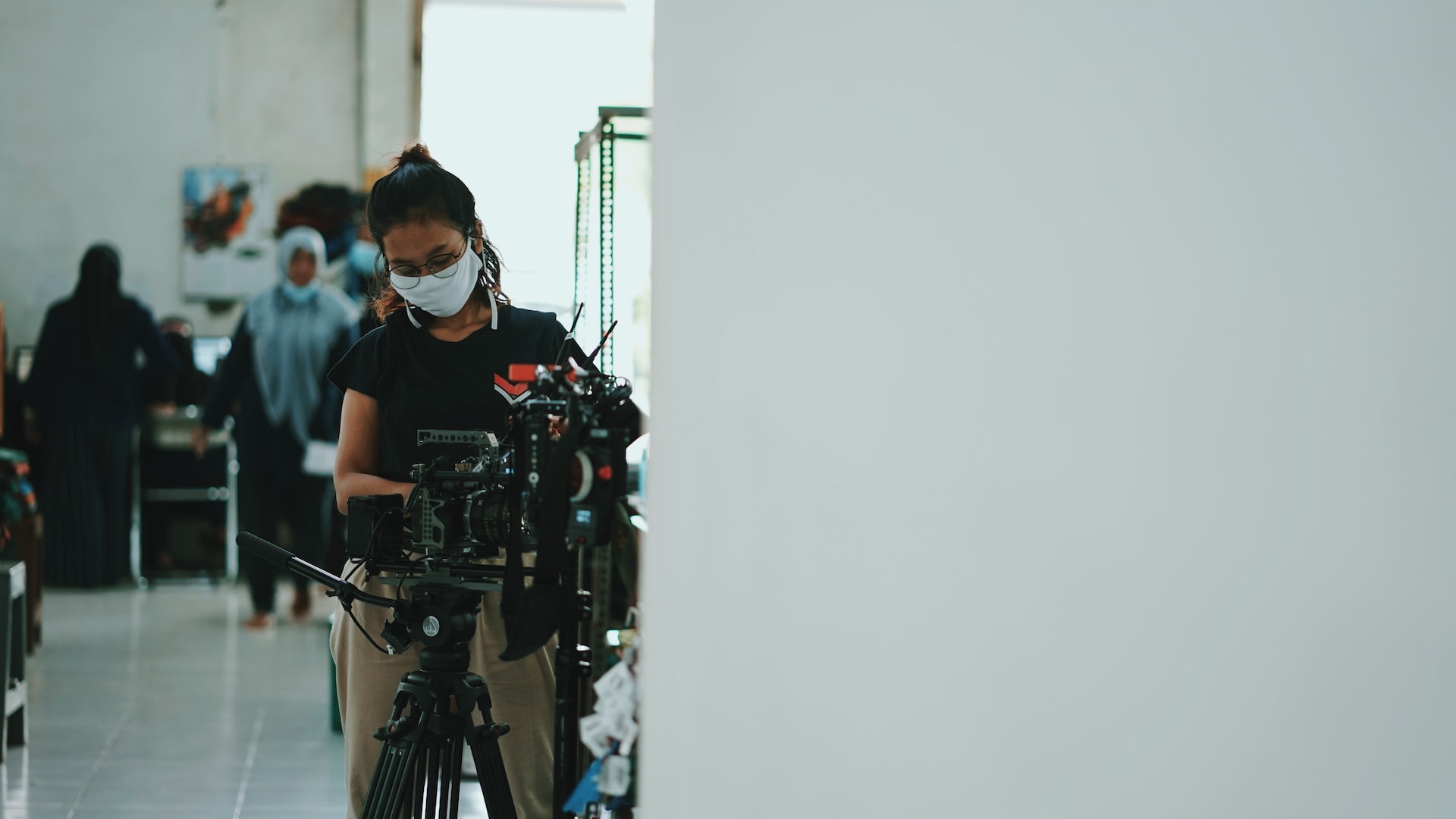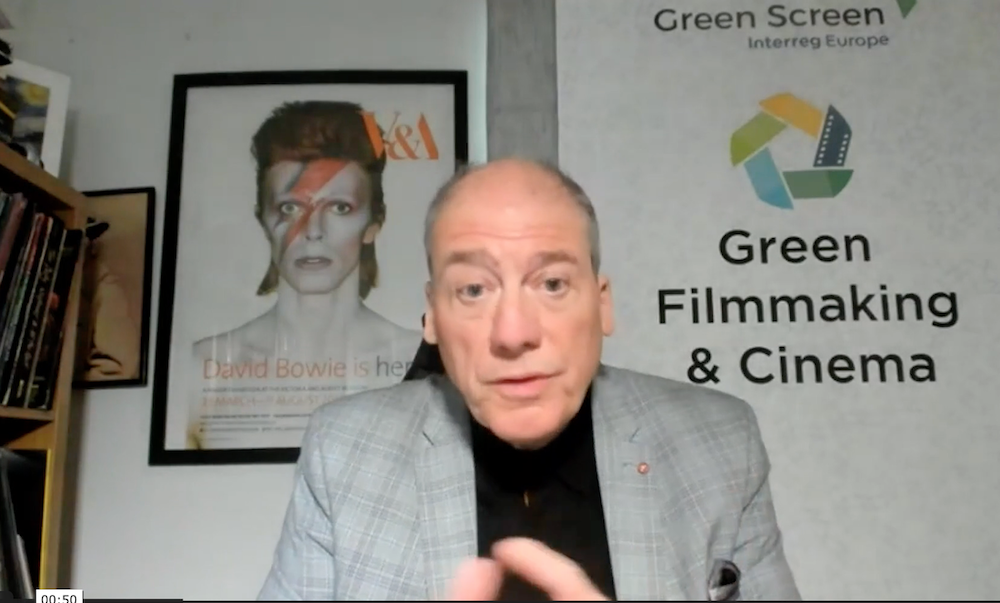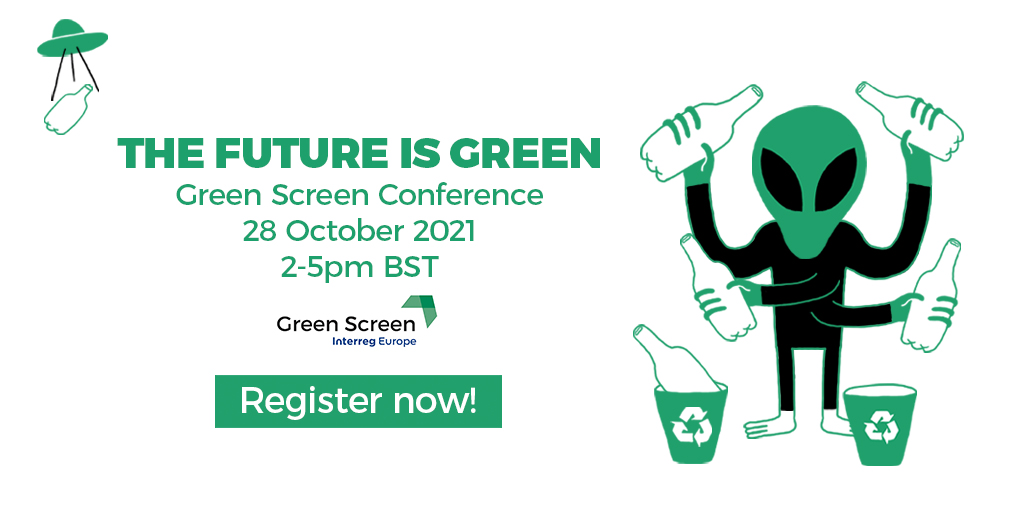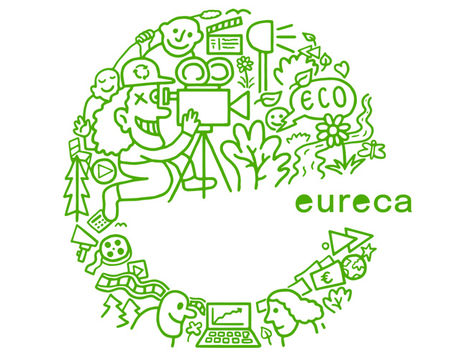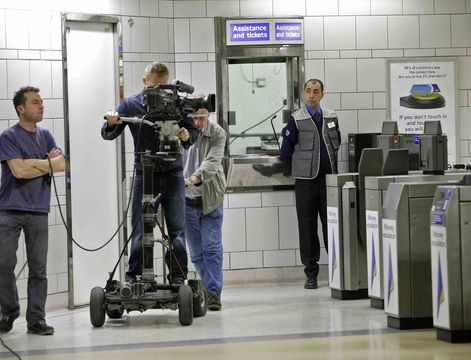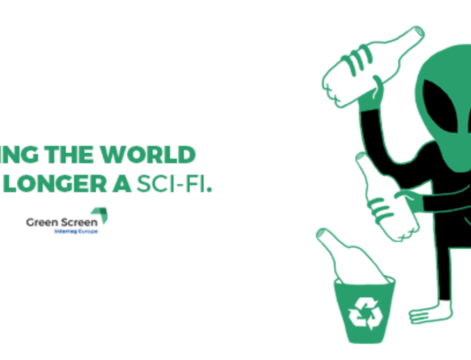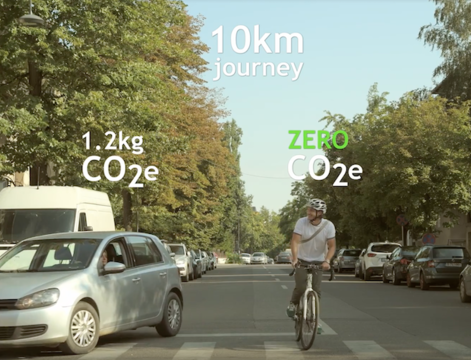At FOCUS, on 3rd and 4th of December, the Green Screen project presented its European partnership and Film London its plan for Future Proofing. The Green Zone by albert and AdGreen featured suppliers that provide a sustainable service for the audiovisual industry.
Meanwhile, at Content London, two panels focused on how audiovisual contents can promote sustainability. Though Green Screen’s focus was on production practices and carbon emissions, the power of what we show on screen has often come up in group discussions. This essential question was at the heart of a first panel: “Changing the Narrative”.

No need to prove how effective drama is in raising awareness and inspiring action anymore. Morgane Baudin, sustainable production consultant and co-founder of Pixetik, product placement for good, gives the recent example of Emmanuel Macron. Shaken by Ladj Ly’s film Les Misérables, the French President asked his government to quickly do something about the dire state of Paris suburbs.

Morgane Baudin, sustainable production consultant
Make a change with our story

Genevieve Barr, actress
Drama makes you look at an issue from a different perspective. Genevieve Barr, who is a deaf actress, gives credit to BBC for shows such as The Silence, which main character is a deaf girl. However she regrets that social issues such as diversity or disability are often considered as boxes broadcasters can tick and forget about for the next five years. She calls for a change: when we, creators, producers or commissioners imagine content could we go from “how can we create mass-appeal?” to “how can we make a change with our story?”.
These two questions are not contradictory. Stories have to be entertaining because change only happens when the content gives the public emotions that create a feeling of empathy and alter their perceptions. Hilary Bevan Jones, an experienced British producer, gives the example of her production for BBC and HBO The Girl in the Café. The TV film tackles the issue of extreme poverty but is above all a romantic comedy, the story of two people falling in love.
Social Impact Entertainment

Nicole Starr, VP Social Impact Miura Kite, producer
Since 2004, Participant, an American production company, has shown how entertainment and social issues could successfully come together. Dedicated to create Social Impact Entertainment (SIE), the company earns several millions dollars every year while having a powerful social impact. Along with producers such as Miura Kite, Nicole Starr, VP Social Impact, creates campaigns around the release of their feature films or documentary to induce:
1. Cultural Change (the opportunity to see an issue in a new way)
2. Behavioral Change
3. Policy Change
To do so, they use them as catalyzer for discussion and action. A recent example: Roma, by Alfonso Cuarón. After researching how the film could have an impact on domestic workers’ rights in Mexico, they teamed up with organizations that are active on the topic and organized a screening of the film in the Congress. The law was passed quickly after and Roma definitely helped secure better rights.
If social issues and sustainability are at the heart of their films, drama can also change the world another way. By normalizing some ideas or behaviors: a mixed couple, going to work on a bike, using a tawashi… without them being the main topic of the story, without underlining them. Having a deaf character which is not characterized by its deafness in the story would show that deafness is not what defines Genevieve Barr or any other deaf person as an actress or a human. It is the goal of French social enterprise Pixetik to use product placement as a way to inspire a more sustainable world to the audience. By placing sustainable products and services, the social enterprise aims at diversifying and greening the objects and behaviours we see on screen.
Story of female sustainability activists
This panel was followed by a case study: Aruanas, a Brazilian TV series. The show is sustainable in a lot of ways. In the content first, it tells the story of four female sustainability activists who fight to protect the Amazon and its population. Two of the main characters are non-white. The show reflects the complexity of the world: no character is purely good or bad. The director of the sustainability NGO is harsh and the CEO of the polluting mining company is kind to his disabled grand-daughter. The creators have chosen to adopt a soapy tone for the TV series to be entertaining and appealing to a wide audience while talking about a serious issue.
The two panels highlighted the importance of partnerships to have impact, something Green Screen have also shown during its first three years. So let’s go on dreaming collectively about a sustainable world! And making film a different, sustainable way could inspire us to tell different, sustainable stories.



